Navy will consolidate Medium, Large USV programs: GAO
The GAO’s report comes just days before the Navy is scheduled to host industry to discuss the new consolidated program.


The unmanned ships Seahawk, front, and Sea Hunter launch for the Pacific Fleet’s Unmanned Systems Integrated Battle Problem 21. (US Navy photo.)
WASHINGTON — The Navy is moving ahead with consolidating its two largest unmanned surface vessel programs, with plans to begin developing the new unmanned ship by 2027, according to a new government report.
“In April 2025, officials indicated that the LUSV [Large Unmanned Surface Vessel] program will merge with the program for medium unmanned surface vessels into a single program for autonomous surface craft,” according to a Government Accountability Office report published on Wednesday. “The consolidated program intends to start development under the major capability acquisition pathway by fiscal year 2027.”
The Navy did not immediately respond to a request for comment about its decision, but Breaking Defense reported in January that a top Navy admiral overseeing both LUSV and MUSV said he was inclined to consolidate the programs.
“Instead of different large and medium designs, we need one craft that is affordable, non-exquisite, and can come off multiple production lines in an identical manner and go towards one of two payloads — either the envisioned magazine payload of the Large USV or the envisioned ISR-related Medium USV payloads,” Rear Adm. William Daly, the Navy’s surface warfare requirements director, told attendees at the Surface Navy Association’s annual symposium in January.
The service recently announced an industry day for what it dubbed the “Future Unmanned Surface Vessel.”
The GAO’s report focused on the programmatic details of the Large Unmanned Surface Vessel program, which awarded conceptual design contracts to a number of industry vendors in September 2020 but has largely lacked substantial progress in terms of contract awards or down-selecting vendors since then.
GAO states the program has spent roughly $2 billion on procurement and $1.2 billion on development since LUSV’s inception in April 2019.
“In terms of cost, the program reported that it is developing a new estimate using stakeholders outside of the program office because the Navy often uses assumptions in its initial cost estimates that may not apply to the LUSV,” according to GAO. “For example, officials told [GAO] that the Navy traditionally bases cost estimates on a ship’s weight, but the LUSV’s automated systems will have different weights than manual systems due to the need for mechanized controls.”
The Navy declined to allow GAO to publicly disclose projected schedule dates for the new USV’s initial operational capability and full-rate production, the report says.
Separate from GAO’s report, congressional testimony from acting Chief of Naval Operations Adm. Jim Kilby this week revealed the Navy will take ownership of Defiant (USX-1) following ongoing trials and at-sea demonstration.
Defiant is an MUSV produced by the Defense Advanced Research Projects Agency and the tech and engineering firm SERCO through the No Manning Required Ship program. It was built from the ground up to not have any souls aboard, making it different from other MUSVs with which the Navy has experimented. Those vessels can operate autonomously but still possess all the amenities necessary to safely sustain human life while at sea.







![Air India Boeing 787 Crashes Just After Takeoff, Killing Over 200 People [Update]](https://www.jalopnik.com/img/gallery/air-india-boeing-787-crashes-just-after-takeoff-killing-over-200-people-update/l-intro-1749822284.jpg?#)




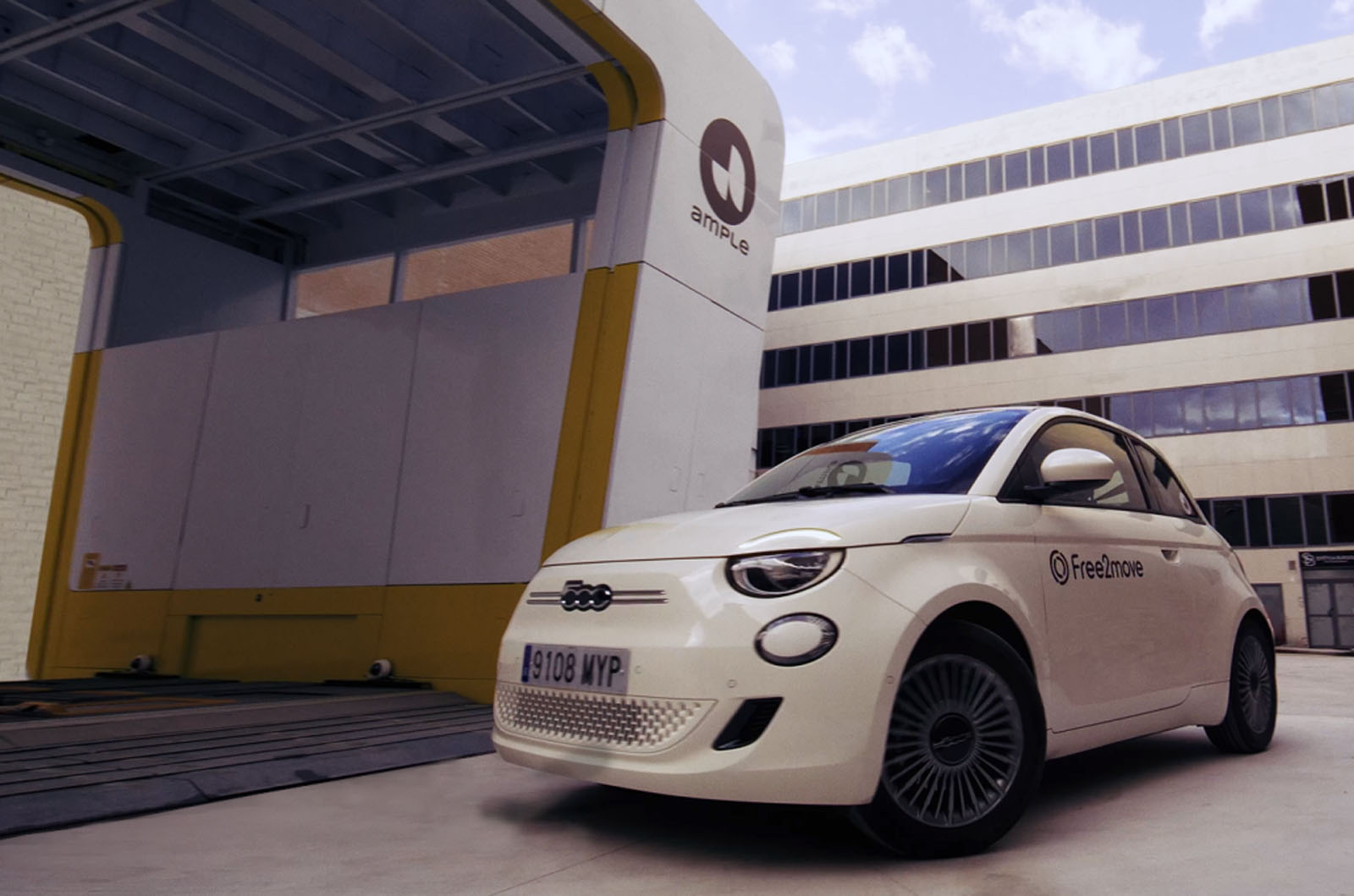
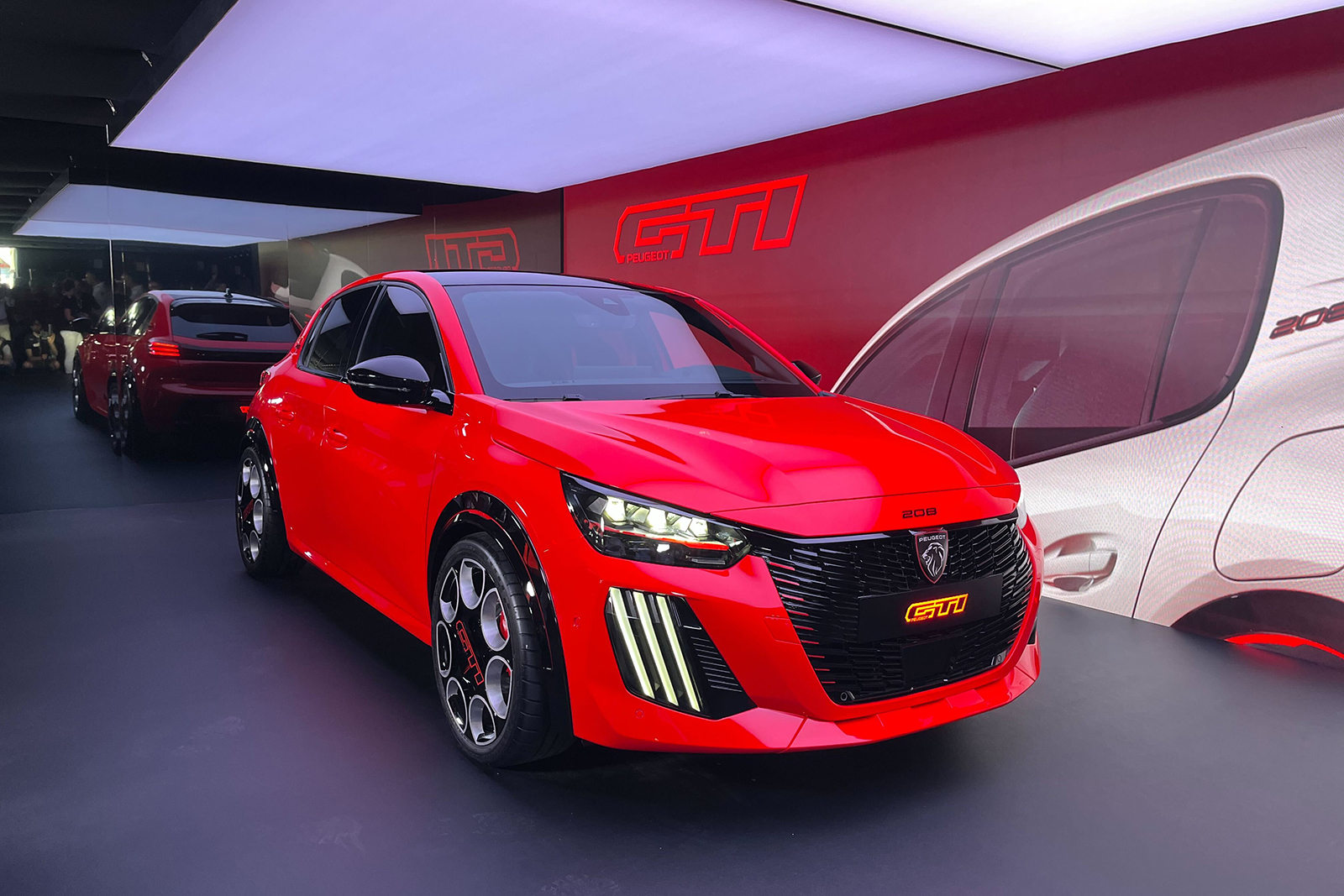










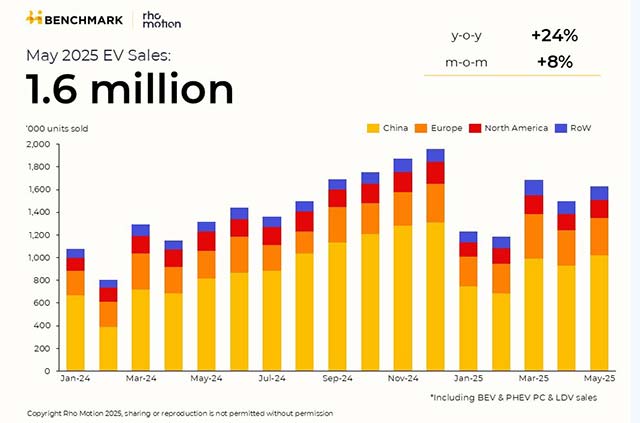

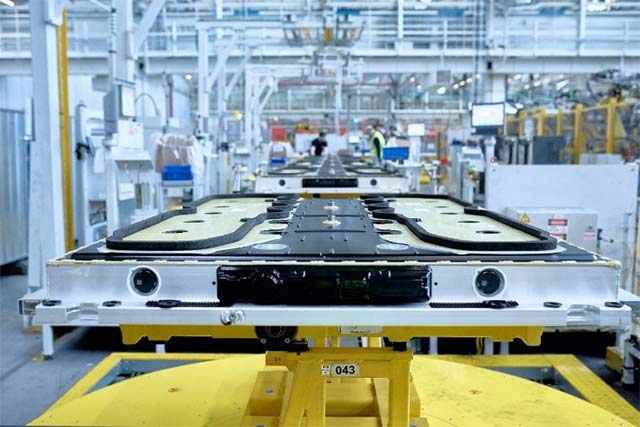









































































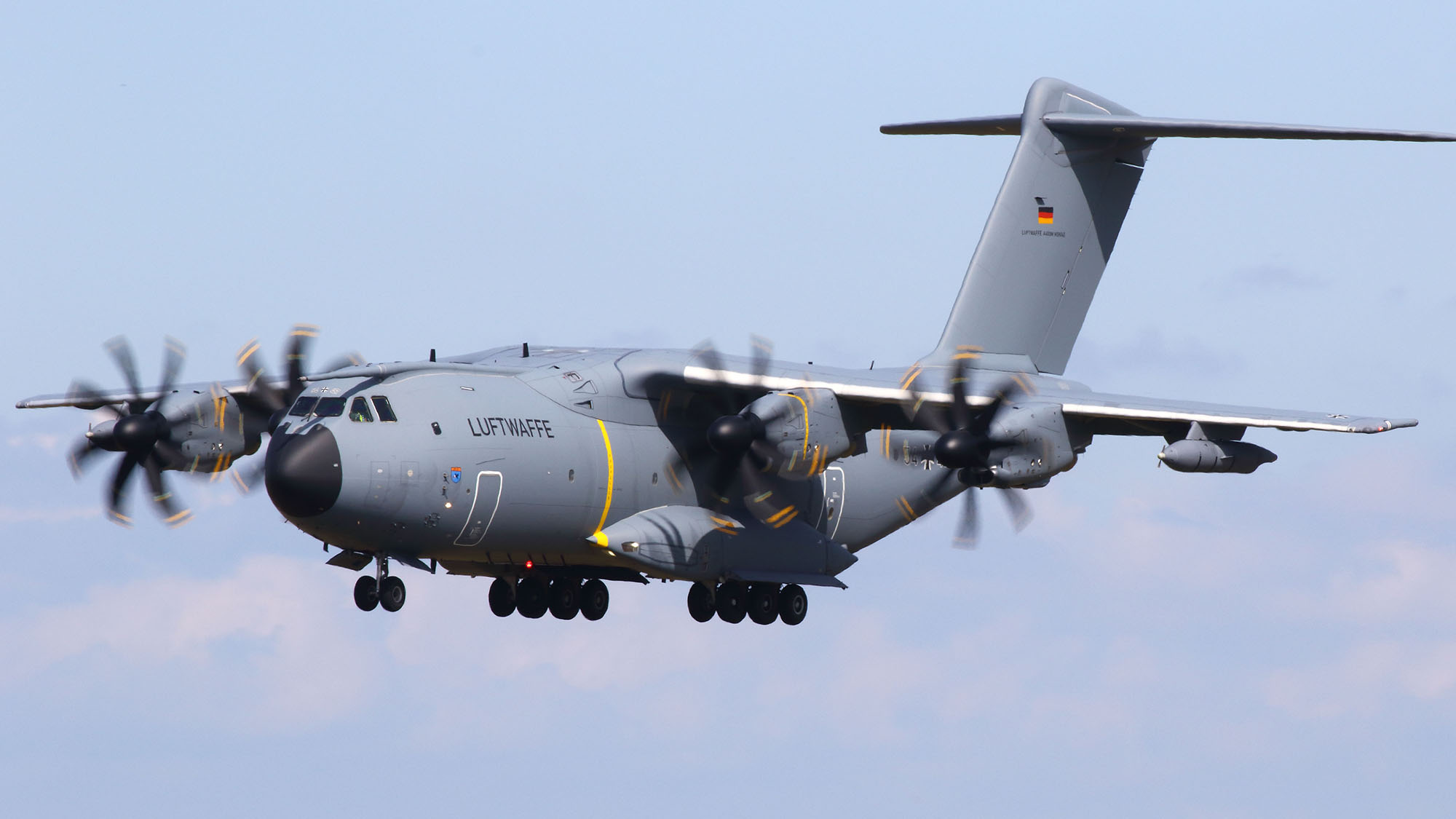
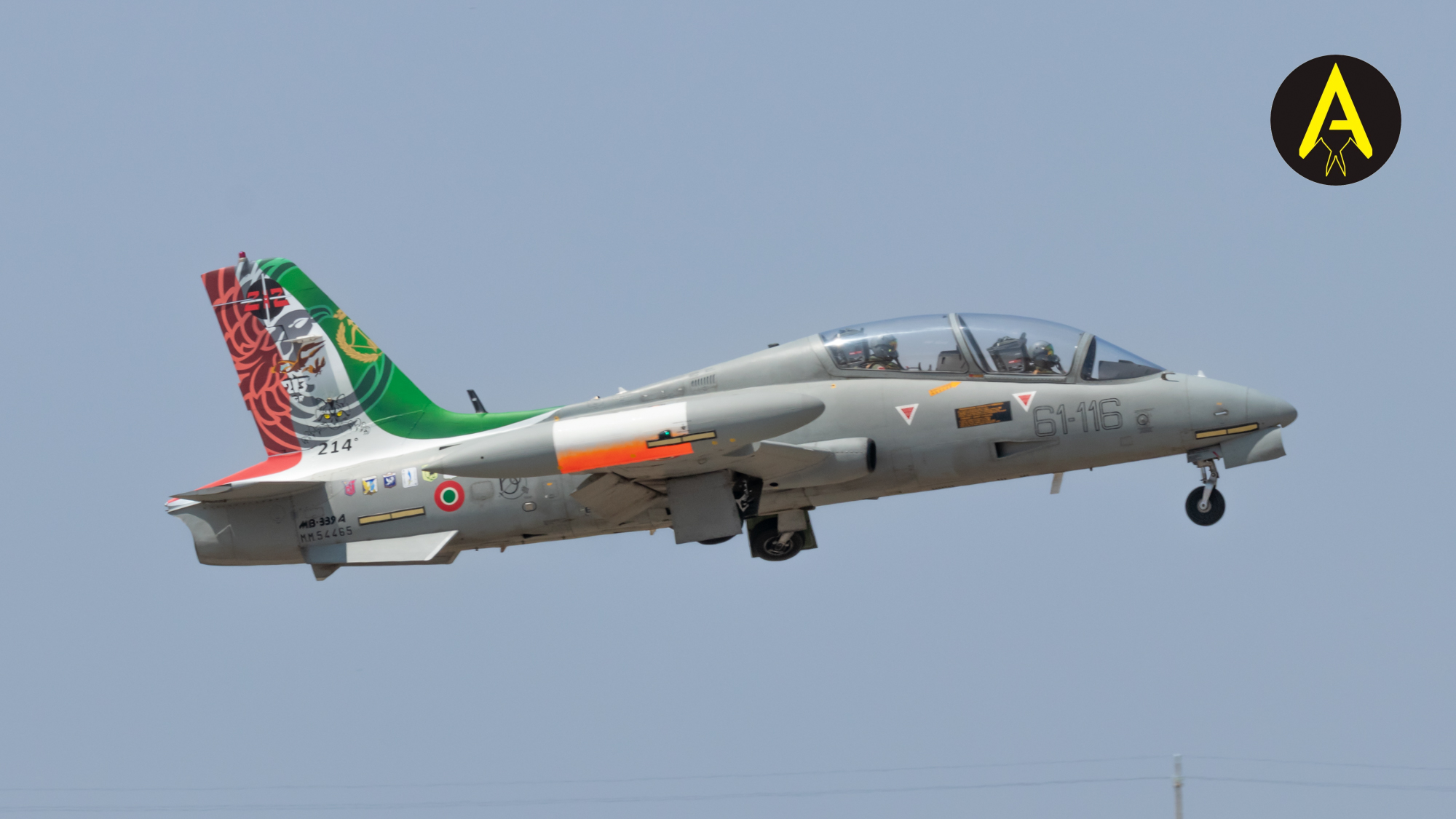
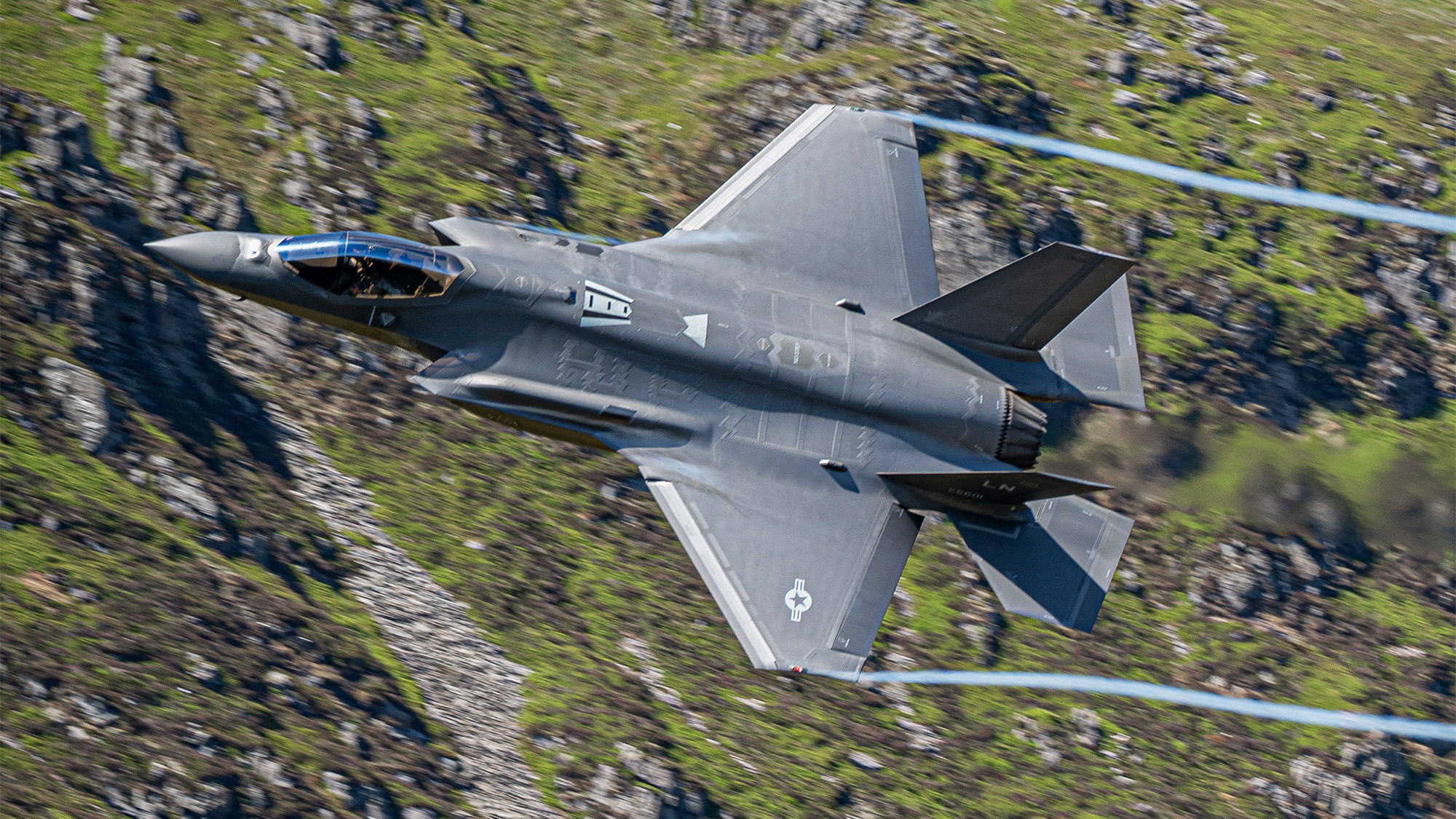







































![[Video] The Weekly Break Out Ep. 19: Army aviation’s shakeup and the F-35’s future](https://breakingdefense.com/wp-content/uploads/sites/3/2025/05/EP-19-THUMB-play-button.jpg?#)




